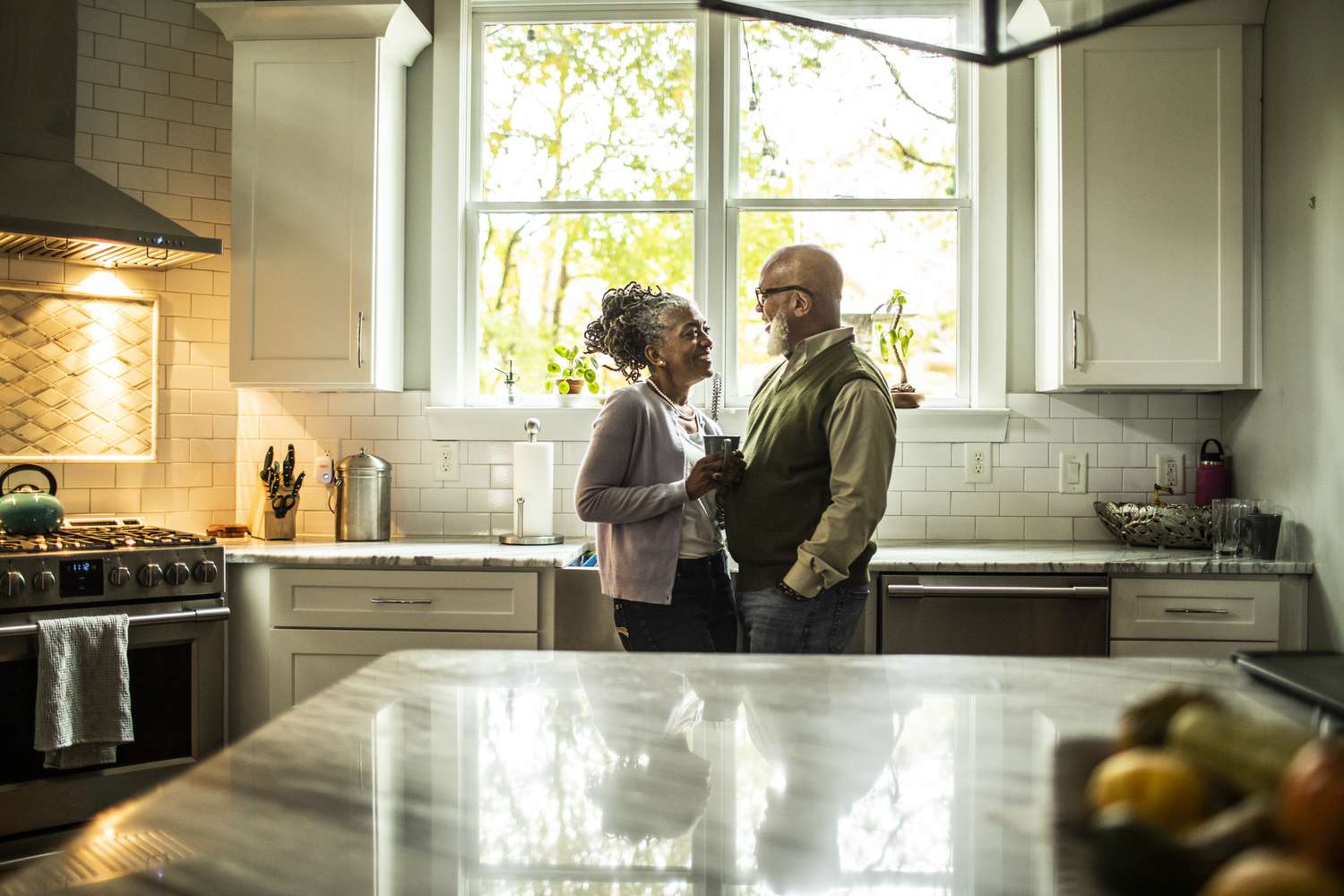Introduction
Living in a small home doesn’t mean sacrificing style or functionality. In fact, with the right small home design tips, you can make the most of every inch of space and create a comfortable, stylish, and functional living area. Whether you’re dealing with an apartment, a tiny house, or just a smaller room, thoughtful design can help you maximize both space and style. Let’s explore some smart and practical tips for designing a small home that feels spacious and inviting.
Why Small Home Design Is Important
Small spaces require unique design approaches to ensure they are both functional and aesthetically pleasing. The key to effective small home design is to create an environment that feels open and uncluttered while still meeting your needs. By focusing on clever storage solutions, multi-purpose furniture, and strategic layout choices, you can make the most of a smaller living area without compromising on style.
Top Small Home Design Tips
-
Use Light Colors to Open Up the Space
-
One of the simplest small home design tips is to use light colors throughout the space. Light shades of white, beige, and pastel tones can make a room feel larger and more airy. These colors reflect natural light, which creates the illusion of more space and brightens up smaller rooms.
-
-
Opt for Multi-Functional Furniture
-
In a small home, furniture needs to serve multiple purposes. Look for pieces that can be easily transformed or used in multiple ways. For example, a sofa bed, folding tables, or a coffee table with hidden storage can maximize functionality without taking up extra space. Multi-functional furniture allows you to make the most of every square foot in your home.
-
-
Maximize Vertical Space
-
When floor space is limited, think vertically. Install tall bookshelves, wall-mounted shelves, or even floating desks to store items without taking up floor space. Vertical storage not only helps you stay organized but also draws the eye upward, making the room feel taller and more open.
-
-
Declutter Regularly
-
Clutter can quickly overwhelm a small space, making it feel cramped and chaotic. Regularly decluttering is an essential part of small home design. Keep only the items you truly need and love, and find smart storage solutions for everything else. Consider using bins, baskets, and hidden storage to keep things organized and out of sight.
-
-
Incorporate Mirrors to Create the Illusion of Space
-
Mirrors are a powerful design tool when working with small spaces. They reflect light and create the illusion of depth, making a room feel more expansive. Consider adding a large mirror on one wall or using smaller decorative mirrors throughout the room to enhance the sense of space.
-
-
Create Defined Zones in Open Spaces
-
Open floor plans can be tricky in small homes, but you can still create defined zones by using rugs, furniture arrangement, and even room dividers. By creating distinct areas for different activities (e.g., eating, working, or relaxing), you can make a small space feel more organized and functional.
-
-
Go Minimalist with Your Decor
-
In a small home, less is more. Minimalism is one of the most effective small home design tips for keeping a space feeling clean, organized, and serene. Choose a few key pieces of furniture and decor that have a bold impact, and avoid overcrowding the space with unnecessary items.
-
-
Choose Furniture That Fits the Scale of the Room
-
Large, bulky furniture can overwhelm a small space, making it feel even more cramped. Instead, opt for furniture that fits the scale of the room. Smaller sofas, chairs, and tables will help maintain an open flow and prevent the room from feeling crowded. Look for sleek, streamlined designs that complement the size of your home.
-
-
Use Built-In Storage Solutions
-
Built-in storage is an excellent way to save space in a small home. Consider installing built-in shelves, cabinets, or even a bench with hidden storage. Built-ins can be customized to fit the specific dimensions of your space and provide a neat, organized way to store your belongings.
-
-
Bring the Outdoors In
-
Adding plants to your small home can not only improve air quality but also make the space feel more vibrant and welcoming. Choose plants that thrive in indoor environments, such as succulents, snake plants, or ferns. Even a few small plants can add a touch of nature and warmth to your home.
-
Planning Your Small Home Design
When planning your small home design, start by assessing your needs and priorities. Determine what is most important for your lifestyle and how you use your space. Are you working from home? Do you have a family? Do you need a dedicated storage area? Once you understand your specific needs, you can plan your layout and design accordingly.
Budget is another crucial factor in the planning process. While there are many affordable design options, it’s important to allocate your budget wisely. Invest in furniture pieces and solutions that will make the biggest impact and prioritize functionality over aesthetics.
Conclusion
Designing a small home doesn’t have to be challenging. By using creative design ideas, maximizing space, and choosing multifunctional furniture, you can create a beautiful and functional home that fits your lifestyle. Whether you live in a tiny apartment or simply want to make the most of a smaller room, these small home design tips will help you create a space that feels open, stylish, and organized. Start implementing these ideas today, and enjoy a more spacious and comfortable home.
Final Thoughts
A well-designed small home can feel just as luxurious and comfortable as a larger one. With the right planning and smart design choices, you can maximize your space without sacrificing style. Remember to embrace minimalism, use vertical space, and opt for furniture that works harder for you. Your small home can be the perfect place to unwind, relax, and make memories, no matter its size.
Keyword Density: Small home design tips




